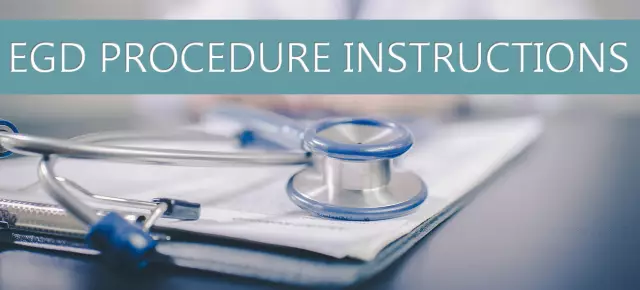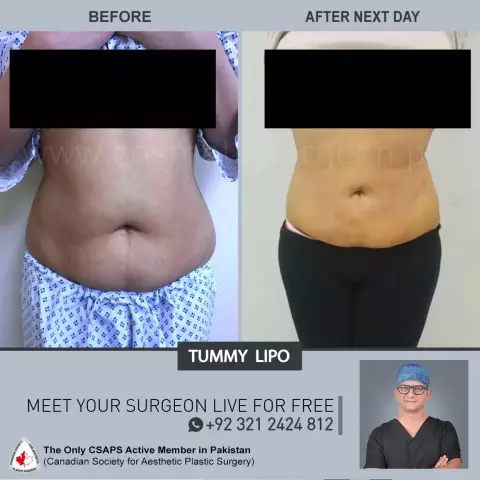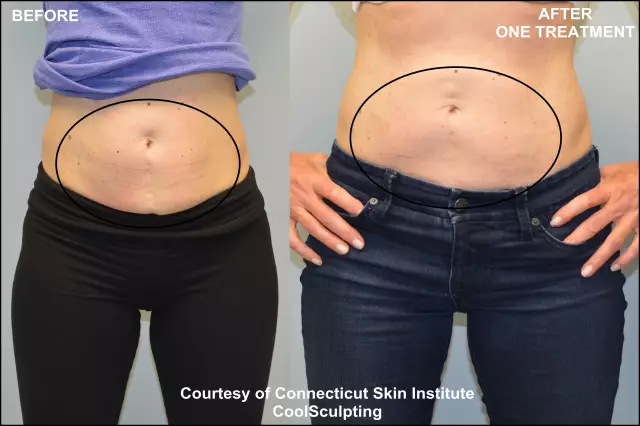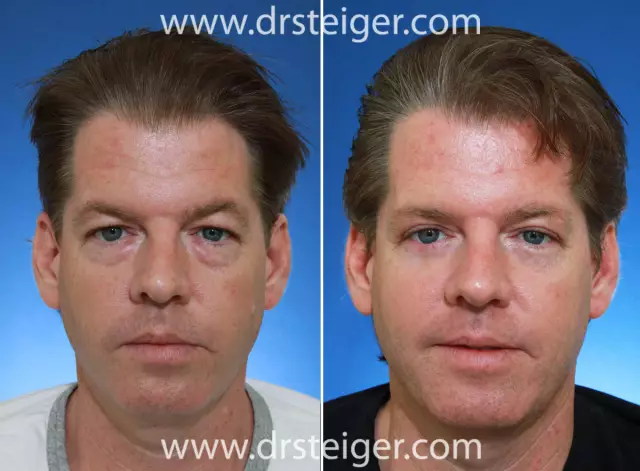- Author Rachel Wainwright [email protected].
- Public 2023-12-15 07:39.
- Last modified 2025-11-02 20:14.
FGDS
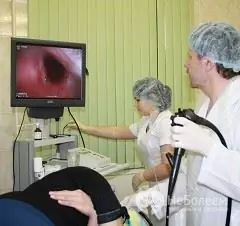
Fibrogastroduodenoscopy (FGDS) or gastroscopy is one of the types of endoscopic examination, during which the doctor examines the upper parts of the gastrointestinal tract (esophagus, stomach and duodenum) using a special device - a gastroscope. This device is a flexible tube with a fiber-optic system inside, a camera and a special channel for instruments with which pieces of stomach tissue are taken for biopsy (research).
Today EGD of the stomach is a safe procedure due to the use of perfect devices, in which complications can occur extremely rarely - in about one percent of patients.
Possible complications are perforation (perforation of the organ wall) and bleeding that occurs during manipulations (polypectomy, biopsy) due to damage to the walls of the organ. Perforation requires surgery. In extremely rare cases, after EGD in children, mental disorders were observed.
Indications for FGDS
FGDS is prescribed in cases where it is necessary to study in detail the mucous membrane of the esophagus, stomach and duodenum. It is used to diagnose stomach or duodenal ulcers, gastritis, esophagitis, duodenitis, as well as when bleeding or suspected swelling in the stomach or duodenum. It is also used to clarify the diagnosis in case of neuroses or allergies.
EGD of the stomach, duodenum and esophagus is indicated for all people after 40 years to exclude or early detection of oncological diseases.
Methodology
The FGDS procedure is performed by endoscopist doctors who have specialized in gastroscopy. As a preparation for EGD, local anesthesia is performed - the pharynx is treated with a spray containing lidocaine. In rare cases, premedication (injection of a sedative drug), local anesthesia of the tongue root with a nebulizer, or general anesthesia with intravenous drugs may be used to reduce discomfort. Then the patient clamps the mouthpiece with his teeth, through which the endoscopic tube is inserted into the mouth, and takes a sip, during which the doctor inserts a gastroscope into the esophagus. To reduce discomfort and vomiting, the patient is advised to breathe deeply and calmly.
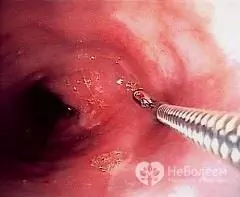
The doctor examines the surfaces of the duodenum, stomach and esophagus. If necessary, an image is recorded, a photo or video is taken. The image from a video or photo camera of the gastroscope in modern endoscopes is clear and detailed. It is recorded into a computer or transmitted to a TV screen, then, if necessary, can be printed using a printer. If indicated, a transendoscopic pH measurement or biopsy is done, bleeding is stopped, drugs are administered, or polyps are removed. Next, the gastroscope is removed from the esophagus.
Diagnostic FGDS lasts no longer than 5-10 minutes. If the necessary manipulations are additionally carried out, the procedure time can increase to 20-30 minutes.
After EGD, there may be an unpleasant sensation in the throat. As a rule, it goes away on its own within one to two days.
Preparation for FGDS
Before EGDS, it is forbidden to eat or drink anything for 8-10 hours.
Before EGD, the patient must inform the doctor about any concomitant diseases (diabetes, schizophrenia, epilepsy or other diseases) and the treatment received. Also, be sure to warn the doctor if you are allergic to any medications.
Found a mistake in the text? Select it and press Ctrl + Enter.

